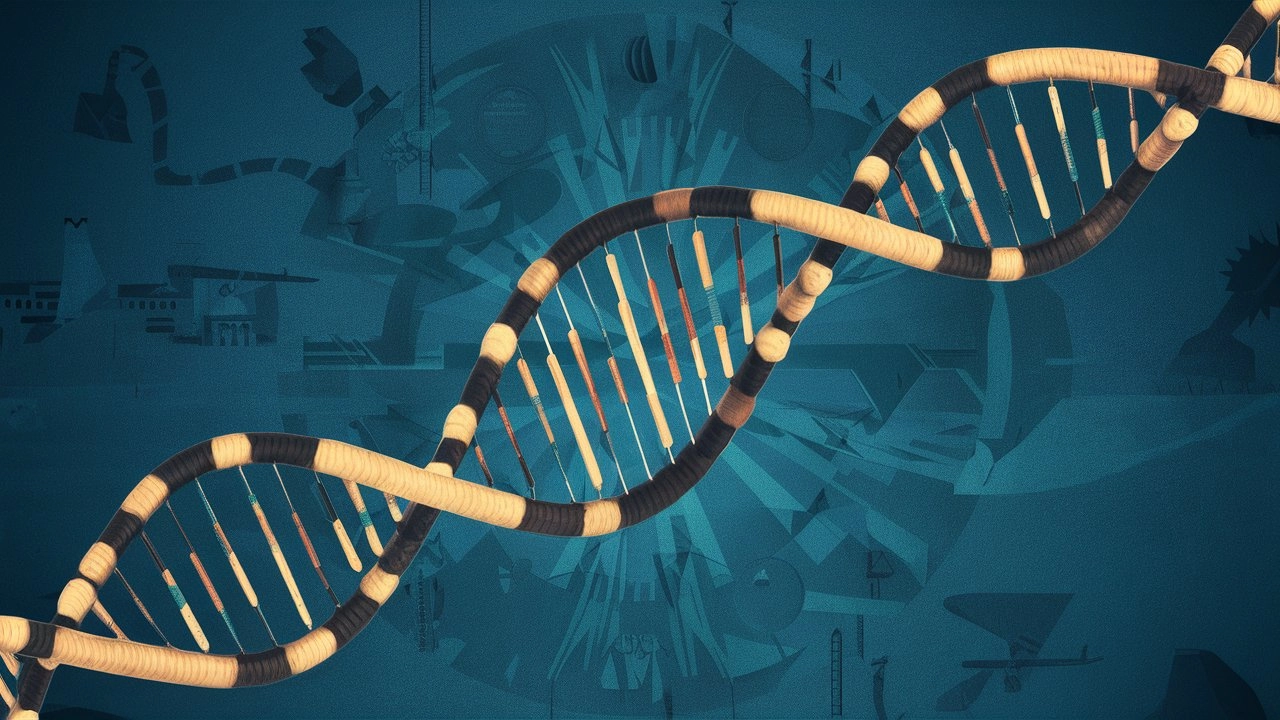Introduction
Have you ever wondered where your ancestors came from? DNA testing offers an exciting opportunity to explore your family history and uncover hidden connections. By analyzing your genetic makeup, you can gain valuable insights into your ethnic origins, trace your maternal and paternal lineages, and even identify potential health risks. In this blog post, we’ll delve into the world of DNA testing, explaining how it works, the different types of tests available, and how to interpret your results.
How Does DNA Testing Work?
DNA, the building block of life, contains unique genetic information passed down from generation to generation. DNA testing involves analyzing specific segments of your DNA to determine your genetic makeup. By comparing your DNA to reference populations, scientists can identify your ethnic origins and potential genetic relatives.
Types of DNA Tests
There are three main types of DNA tests:
- Autosomal DNA: This test examines your nuclear DNA, inherited from both parents, to determine your ethnic ancestry and identify distant relatives.
- Y-DNA: This test analyzes the Y chromosome, passed down from father to son, to trace your paternal lineage.
- Mitochondrial DNA (mtDNA): This test examines mitochondrial DNA, inherited from your mother, to trace your maternal lineage.
Benefits of DNA Testing
- Discover Your Ancestry: Learn about your ethnic origins and trace your family tree back generations.
- Connect with Relatives: Find long-lost cousins and build connections with your extended family.
- Understand Your Health: Identify potential genetic predispositions to certain diseases.
- Satisfy Your Curiosity: Explore your personal history and uncover fascinating family stories.
Choosing the Right DNA Test
Selecting the right DNA test depends on your specific goals. If you’re interested in your overall ancestry, an autosomal DNA test is a good starting point. To trace your paternal or maternal lineage, consider Y-DNA or mtDNA testing, respectively.
Interpreting Your DNA Results
DNA test results can be overwhelming, but many companies provide user-friendly tools to help you understand your data. Look for information on:
- Ethnicity estimates: This shows the percentage of your DNA that comes from different regions.
- DNA matches: These are individuals who share DNA with you, indicating a potential family relationship.
- Haplogroups: These are genetic groups that share a common ancestor.
Privacy and Ethical Considerations
It’s essential to choose a reputable DNA testing company that prioritizes data privacy and security. Be aware that sharing your DNA information can reveal sensitive details about yourself and your family.
Conclusion
DNA testing offers a fascinating glimpse into your past and can provide valuable insights into your identity. By understanding the different types of tests and carefully interpreting your results, you can embark on a rewarding journey of self-discovery.




